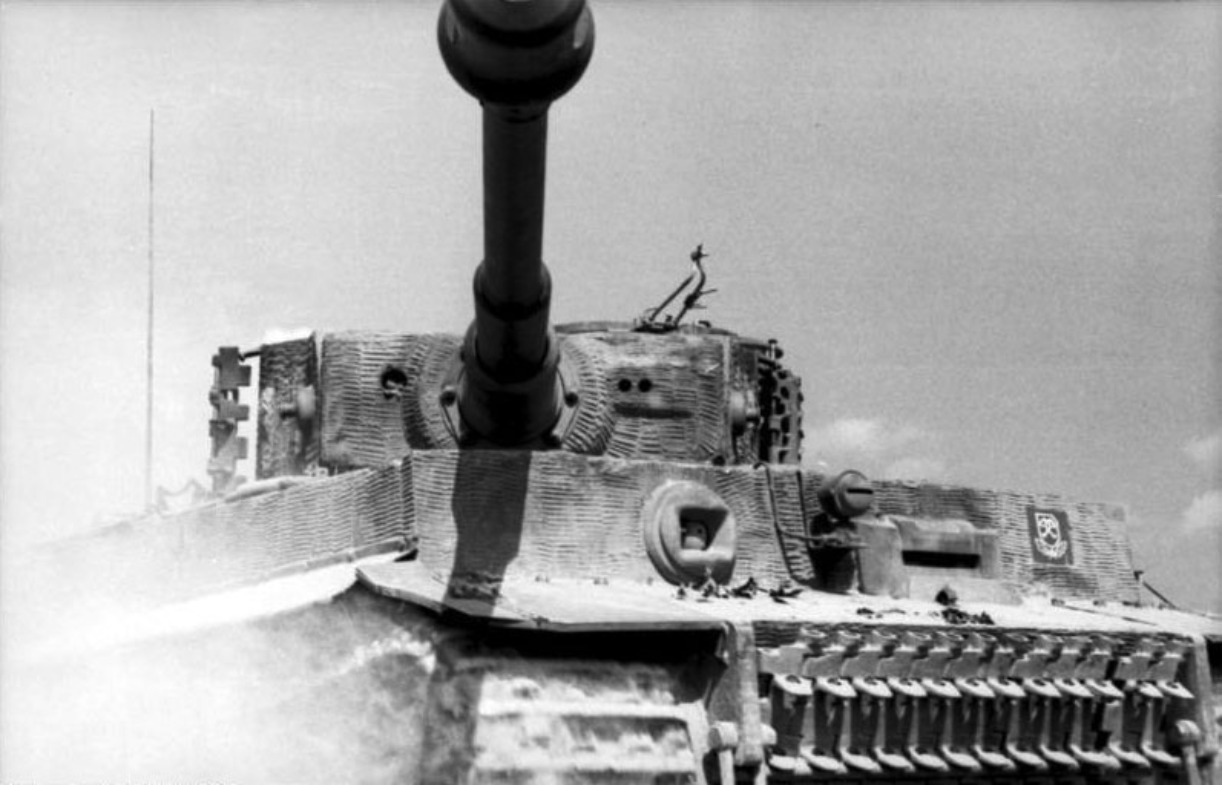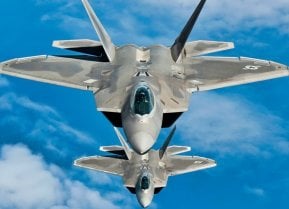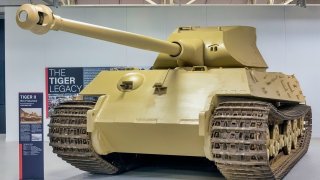Tiger Tank: The True King of World War II Tanks or Overrated?
But without a doubt, of all the WWII tanks, the one that carries the most fearsome reputation of all, in terms of ability to withstand punishment and dish it out, is Nazi Germany’s Tiger tank series.
The Second World War resulted in the production of some pretty legendary tanks, on the Allied and Axis sides alike. The U.S. had the famous M4 Sherman.
Great Britain had its Churchill tank series – including the Churchill VII “Crocodile” flamethrower tank – as well as the Crusader. Imperial Japan had less stellar tanks that pretty much stunk.
France actually had a top-notch tank in the Renault Char B1, but it languishes in comparative obscurity thanks to the rapid fall of France in 1940. And of course, the Soviets had the T-34/85.
But without a doubt, of all the WWII tanks, the one that carries the most fearsome reputation of all, in terms of ability to withstand punishment and dish it out, is Nazi Germany’s Tiger tank series. Perhaps this is not surprising, since we’re talking about a loathsome yet highly innovative regime that, among other things, also produced the world’s first operational jet fighter and rocket-powered fighter plane.
The question is, though, how much of the Tiger’s reputation is truly deserved, and how much of it is exaggeration built upon hoopla built upon exaggeration built urban legend? Let’s take a deeper look at the Tiger, the pluses and the minuses.
Tiger Tank Strengths (and the Tank Who Aces Put Them to Max Use)
For semantic clarification, when I talk about Tiger tanks, I’m talking about both the Tiger I (Panzerkampfwagen VI Tiger Ausf. E) and the Tiger II aka King Tiger (Panzerkampfwagen Tiger Ausf. B AKA Königstiger).
Without a doubt, the Tiger tanks were indeed deadly and super-tough fighting machines. When the Tiger first arrived on the scene in 1942, it struck terror into the hearts of its Allied adversaries. Its 120mm-thick frontal armor was damn near impervious to Allied tank guns; for example – as dramatized in movies such as 1970’s “Kelly’s Heroes” and 2014’s “Fury” – the 76mm main gun of a Sherman could only penetrate the Tiger’s armor from the rear, and many a Sherman would have to be sacrificed before one of the M4s could finally get that vital from-behind shot.
In turn, the Tiger’s 88mm KwK 36 and Tiger II’s KwK 43 (Kampfwagenkanone; "fighting vehicle cannon") main gun could slice right through Allied armor.
The Tigers’ reputation as both a killer and a survivor was exemplified in history’s all-time leading tank ace, Feldwebel (platoon sergeant) Kurt Knispel, who garnered 168 confirmed and 195 unconfirmed kills, most (though not all) of them in Tiger Is and Tiger IIs, before being fatally wounded in battle on April 28, 1945, at the age of 23.
Tiger Tank Weaknesses
But any manmade object has its weaknesses and can fail, even the vaunted Tiger tanks. Two excellent contrarian sources that explain the Tigers’ failings are the April 2022 piece “All Teeth and No Bite? Just How Threatening Was the German Tiger?” on the World of Tanks website and “8 Reasons Why The Tiger Is The Most Overrated WW2 Tank” by Aaron Spray of Hotcars.Com.
As the saying goes, “Quantity has a quality all its own.” In the spirit of this proverb, the M4 Sherman and T-34/85 succeeded brilliantly, and the Tiger failed miserably. For all of Nazi Germany’s impressive war machine production capabilities under the leadership of then-Minister of Armaments and War Production Albert Speer, the Tiger I and Tiger II were extremely expensive – to the tune of 250,000 Reichsmarks – and time-consuming to produce, and with the German economy becoming ever more strained as the war dragged on – thanks in no small part to Allied bombing raids – this problem became exacerbated even further. To put things in perspective, a mere 1,347 Tigers Is and 490 King Tigers were built, compared with 49,234 Shermans and 84,000 T-34s.
There is no shortage of opinions from armchair generals on social media. As one poster on Quora noted, “There’s a joke, actually: A German tank commander says ‘1 of my tanks can defeat 10 of your tanks’ to a Soviet tank commander. The Soviet tank commander says, ‘I have 11 tanks.’”
That joke is funny because it’s true; look no further than the Battle of Kursk in 1943, the largest tank battle in history wherein the Soviets lost 1,500 tanks vs. a mere 500 tank losses for the Germans. Yet it was still a decisive victory for the former and a crushing defeat for the latter.

The Tigers were also woefully unreliable, prone to all sorts of mechanical breakdowns. To use a handgun analogy, the most accurate and powerful pistol in the world doesn’t do you a damn bit of good if it doesn’t go “Bang(!)” every time you squeeze the trigger.
To round out Mr. Spray’s remaining reasons in the interest of brevity and spatial limitations: Logistical Support Needed; Intended As A Breakout Tank; Overengineered; Gas Guzzler; and Limited Range And Mobility (they easily got bogged down in mud).
For good measure, Allied engineers and production facilities eventually did come up with tanks that packed guns big enough to punch out the Tigers, such as the Sherman Firefly.
Where Are They Now?
There exists only one Tiger I that’s in running condition, that being Tiger 131 at The Tank Museum in Bovington, Dorset, England; as the museum’s info page notes, “It was captured on 24th April 1943 on Point 174 on the way between Medjez el Bab and Montarnaud in Tunisia, by 142nd Battalion RAC and 2nd Sherwood Foresters … It runs at the Museum’s annual Tiger Day events.” Meanwhile, the only remaining operational King Tiger/Tiger II is displayed at the Musée des Blindés (“Museum of Armored Vehicles”) in Saumur, France.
About the Author
Christian D. Orr is a former Air Force Security Forces officer, Federal law enforcement officer, and private military contractor (with assignments worked in Iraq, the United Arab Emirates, Kosovo, Japan, Germany, and the Pentagon). Chris holds a B.A. in International Relations from the University of Southern California (USC) and an M.A. in Intelligence Studies (concentration in Terrorism Studies) from American Military University (AMU). He has also been published in The Daily Torch and The Journal of Intelligence and Cyber Security. Last but not least, he is a Companion of the Order of the Naval Order of the United States (NOUS).


